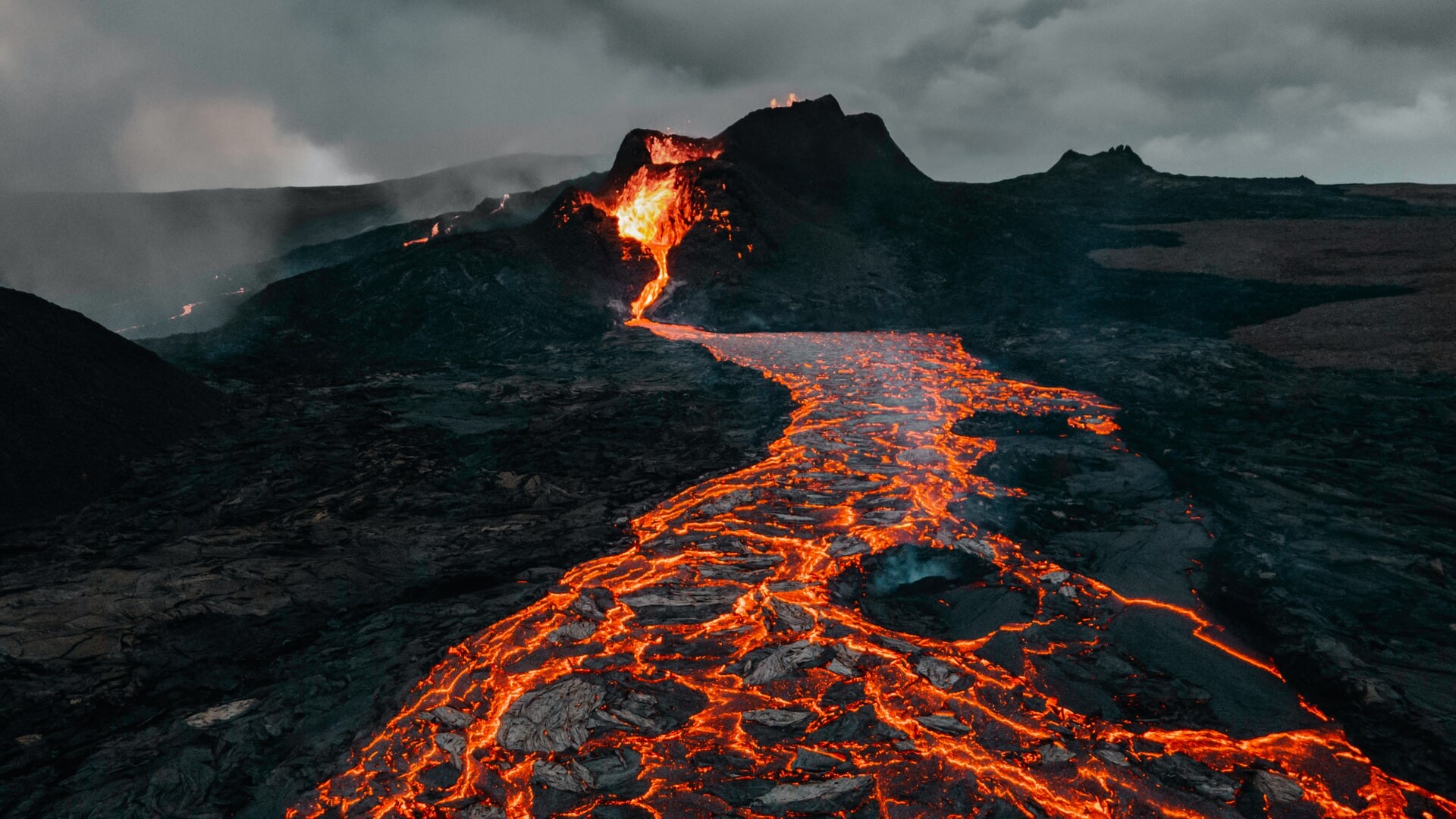The approval of grants by the Institute for Energy Diversification and Saving (IDAE) to companies, associations and the Insular Water Council to conduct research and use them for produce energymarks an important step in promoting initiatives that aim to optimize water management and promote sustainable practices on the island, something they could also do in Galicia if this happens.
The Institute for Energy Diversification and Saving (IDAE) has announced the publication of the final resolution proposal, dated January 17, for the allocation of support for feasibility studies of projects seeking to benefit from geothermal energy in The Palm. This initiative, supported by a grant of 53 million euros, aims to conduct studies to identify potential sources of geothermal energy on the island.
Which companies are those? Will benefit?
The proposal for beneficiaries includes prominent players in the sector such as the Insular Water Council, Repsol, Energía Bonita, Sodepal and Canopalma. These entities represent a variety of sectors, reflecting the grant’s comprehensive approach to promoting the sustainable exploration and exploitation of geothermal energy on La Palma. This important step reflects IDAE’s commitment to supporting innovative projects that contribute to this diversification and energy efficiency in the region.


After the implementation of the energy production projects, the final report presented by the beneficiary entities should include a detailed technical evaluation and a comprehensive analysis of the geothermal resource. This analysis will be based on the results obtained during the trials, studies and tests carried out. The resulting documentation will be essential to evaluate the viability and effectiveness of the projects, provide valuable information on the region’s geothermal potential and serve as a basis for future decisions and actions regarding the use of this energy source.
The project that aims to generate energy will be based on this.
Carrying out a geothermal project on the island involves a detailed analysis covering both strengths and weaknesses. The resources required and the prospects for success must be carefully considered to ensure effective and sustainable implementation. The required surveys also include the conduct of at least one survey with a minimum depth of 1000 meters, providing crucial data to inform the project’s strategic decisions.
Moreover, the importance of these documents lies not only in the initial evaluation, but also in the long-term planning. A comprehensive approach that includes environmental sustainability, operational efficiency and potential socio-economic implications will be essential. So, The information collected is not only for understanding the current status of the projectbut also as a solid foundation to ensure its viability and success as its implementation progresses.
Revolutionary geothermal energy: La Palma and Tenerife join forces for sustainable projects
The project proposal for La Palma allows for initiatives in Mazo and on the southern tip of the island, several of which have been selected. Involcan and the Technological Institute for Renewable Energy (ITER) stand out among the beneficiaries in Tenerife. The diversity of participants reflects the interest of institutions such as the Insular Water Council of La Palma, the Volcanological Institute of the Canary Islands (Involcan), the Society for the Promotion and Economic and Social Development of La Palma (Sodepal) and the Insular Energy Council from Gran Canaria.
Under the call, the projects presented by public organizations to produce energy, such as ITER and Involcan, will benefit from non-refundable support. It is important to emphasize that eligible actions, such as feasibility studies, must be fully completed by January 31, 2026, setting a deadline for the implementation of these initiatives supported by the proposal.

